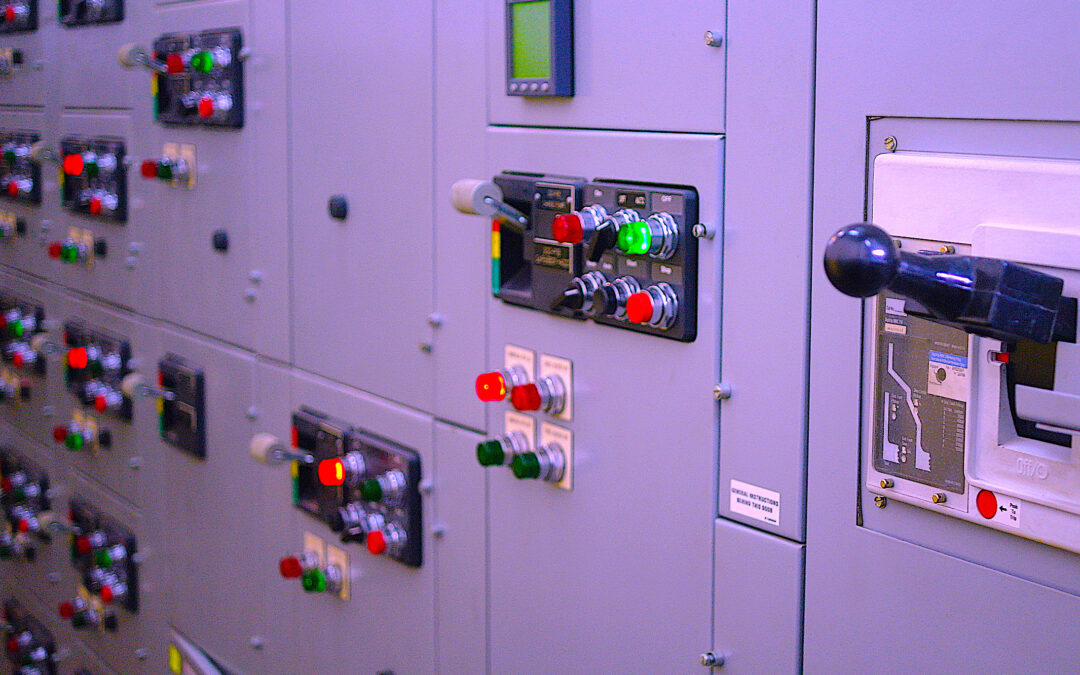Statistically, overloaded circuits are the second most common cause of exceptions found during infrared inspections of electrical systems. Although overloads are quite common, they can be tricky to accurately diagnose. As electrical current flows through a conductor, heat is generated. As circuit load increases, so does the amount of heat. Electrical circuits are designed so that loads will not exceed the circuit’s ability to safely carry a sustained load and the amount of heat associated with such load.
Typically, overcurrent protection devices such as fuses or circuit breakers are designed to protect circuits from overload conditions. These devices will interrupt the circuit when the current reaches a predetermined level for a specified period of time. Serious problems such as fires can be caused by sustained overloads. Such overloads may be caused by: improperly sized wiring, and improperly sized or defective overcurrent protection. Fortunately, a thermal imager can be used to detect the thermal patterns associated with sustained overloads.
When using a thermal imager to detect potential overloads, one should keep the following in mind:
♦ Overloaded conductor(s) will be uniformly warm throughout entire length.
♦ For polyphase circuits, all conductors may be uniformly warm.
♦ Depending upon ambient conditions and imager settings, overloaded circuits
may not appear remarkably warmer than adjacent circuits.
Because an infrared imager cannot measure electrical current, suspected overloads must be confirmed with an ammeter while observing all requisite safety precautions. For greatest accuracy, a true RMS sensing ammeter is recommended. Circuits found to be overloaded should be immediately investigated for cause and corrected.
Infrared inspection of power-distribution systems is one of the many topics covered in the Level I Infraspection Institute Certified Infrared Thermographer training course. For details on this course or to obtain a copy of the “Standard for Infrared Inspection of Electrical Systems & Rotating Equipment,” visit infraspection.com, or call 609-239-4788.TRR
EDITOR’S NOTE:
This Article Is Based On The July 5, 2021, “Tip of the Week”
From The IRINFO.org Website
CLICK HERE TO ACCESS THE ARCHIVED ARTICLE
ABOUT THE AUTHOR
Jim Seffrin, CMRP, has been an Infraspection Institute Certified Infrared Thermographer since 1984. A co-founder of Jersey Infrared Consultants and a practicing thermographer with 35+ years of experience as an infrared consultant, he was appointed Director of Infraspection Institute in April 2000. For information on a wide range of topics related to infrared thermography and associated training and certification, visit IRINFO.org and/or infraspection.com, or email jim@infraspection.com.
Tags: reliability, availability, maintenance, RAM, infrared thermography, IR thermography, infrared cameras, thermographic imagers, imaging radiometers, infrared inspections, infrared temperature measurement, thermographer training



